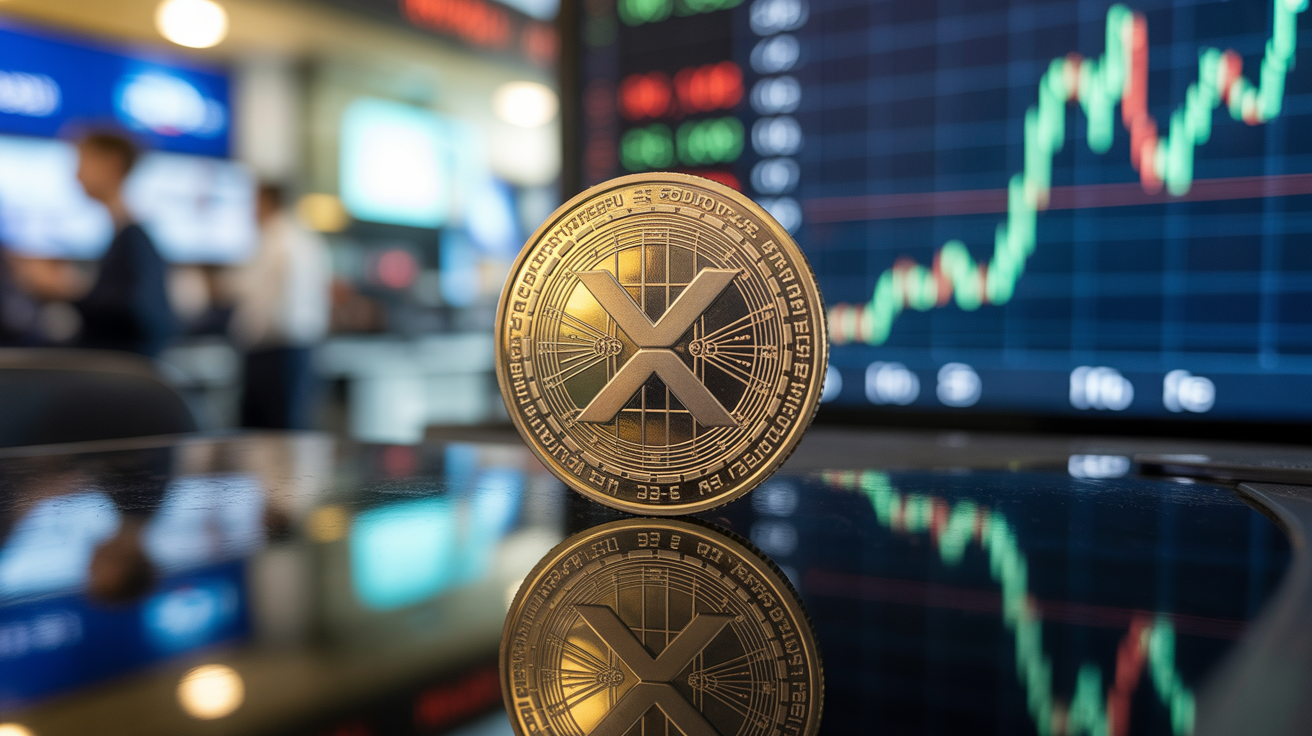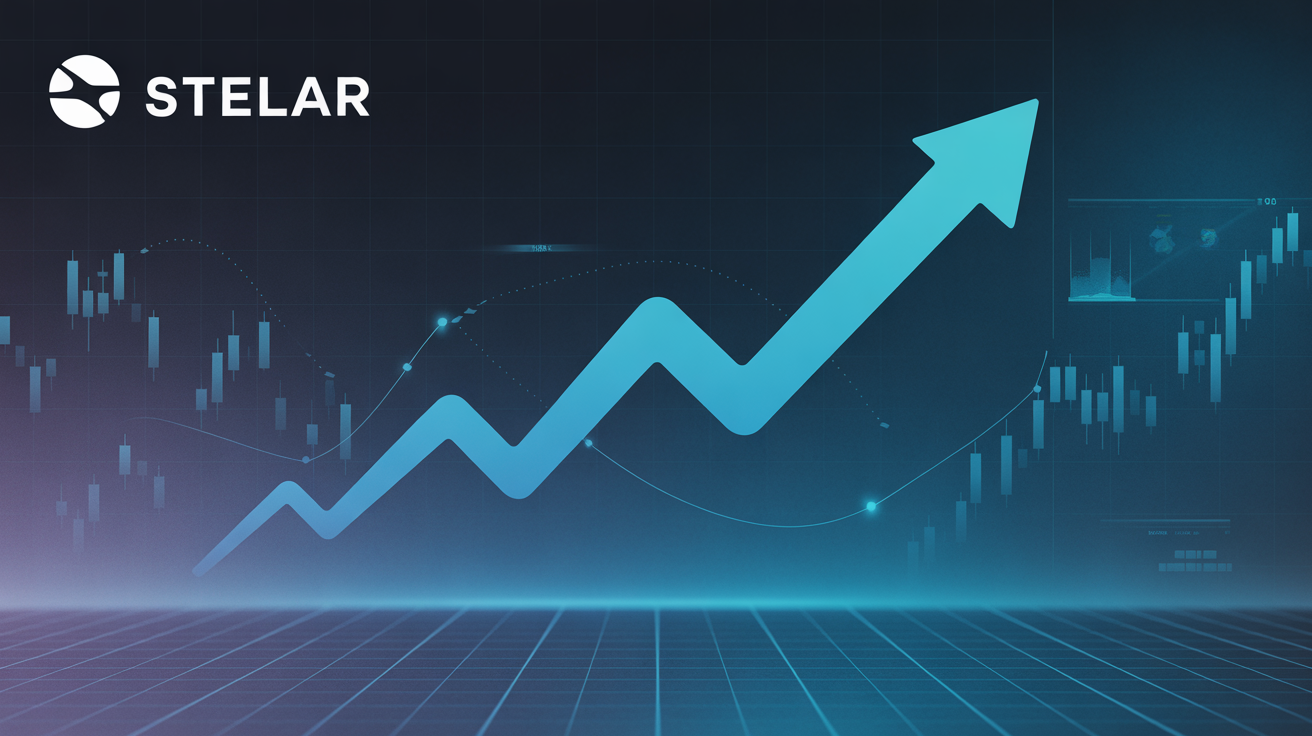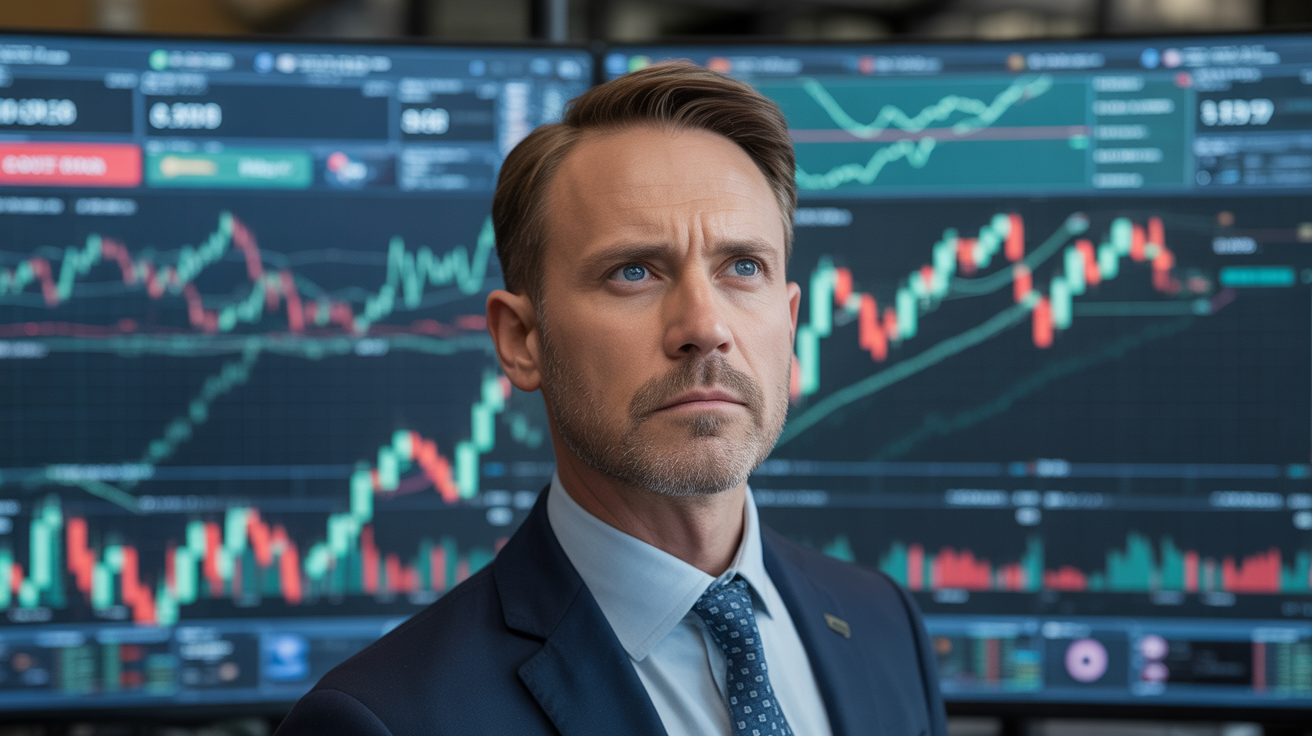Investor Confidence Strengthens as Bitcoin Holds Above $100K and Basis Trade Yields Near 9%
Institutional interest in bitcoin surged on May 19, fueled by bitcoin maintaining a price above $100,000 and a basis trade offering nearly 9% annualized returns.
U.S.-listed spot bitcoin ETFs recorded a net inflow of $667.4 million on Monday, marking the largest single-day influx since May 2, according to data from Farside Investors. The iShares Bitcoin Trust (IBIT) attracted nearly half of this capital, with $306 million flowing in, pushing its total net inflows to $45.9 billion.
The strong inflows coincide with bitcoin’s solid performance, having stayed above the $100,000 level for 11 consecutive days, which has bolstered market confidence and renewed institutional demand.
Meanwhile, the basis trade strategy—where investors buy the spot bitcoin ETF while shorting bitcoin futures on CME—has grown increasingly appealing. Yields on this trade have approached 9%, nearly double the levels observed in April, sparking a modest rise in related trading activity.
CME futures volumes climbed to $8.4 billion (around 80,000 BTC) on Monday, the highest since late April. Open interest also rose to 158,000 BTC, up by more than 30,000 contracts from April lows, highlighting growing enthusiasm for leveraged and arbitrage-driven plays.
Despite this growth, futures volumes and open interest remain well below the January peak levels seen when bitcoin hit its all-time high of $109,000, indicating ample room for further expansion in these markets.
The resurgence in basis trade yields suggests returning participation from investors who had exited earlier in the year when the basis fell below 5%. For example, 13F filings showed the Wisconsin State Pension Board exited its bitcoin ETF holdings in Q1 amid less favorable basis conditions. Given the typical reporting lag and the subsequent widening of the basis spread to nearly 10%, it is possible that the fund has reentered the market in Q2 to capitalize on the improved arbitrage opportunity.




























